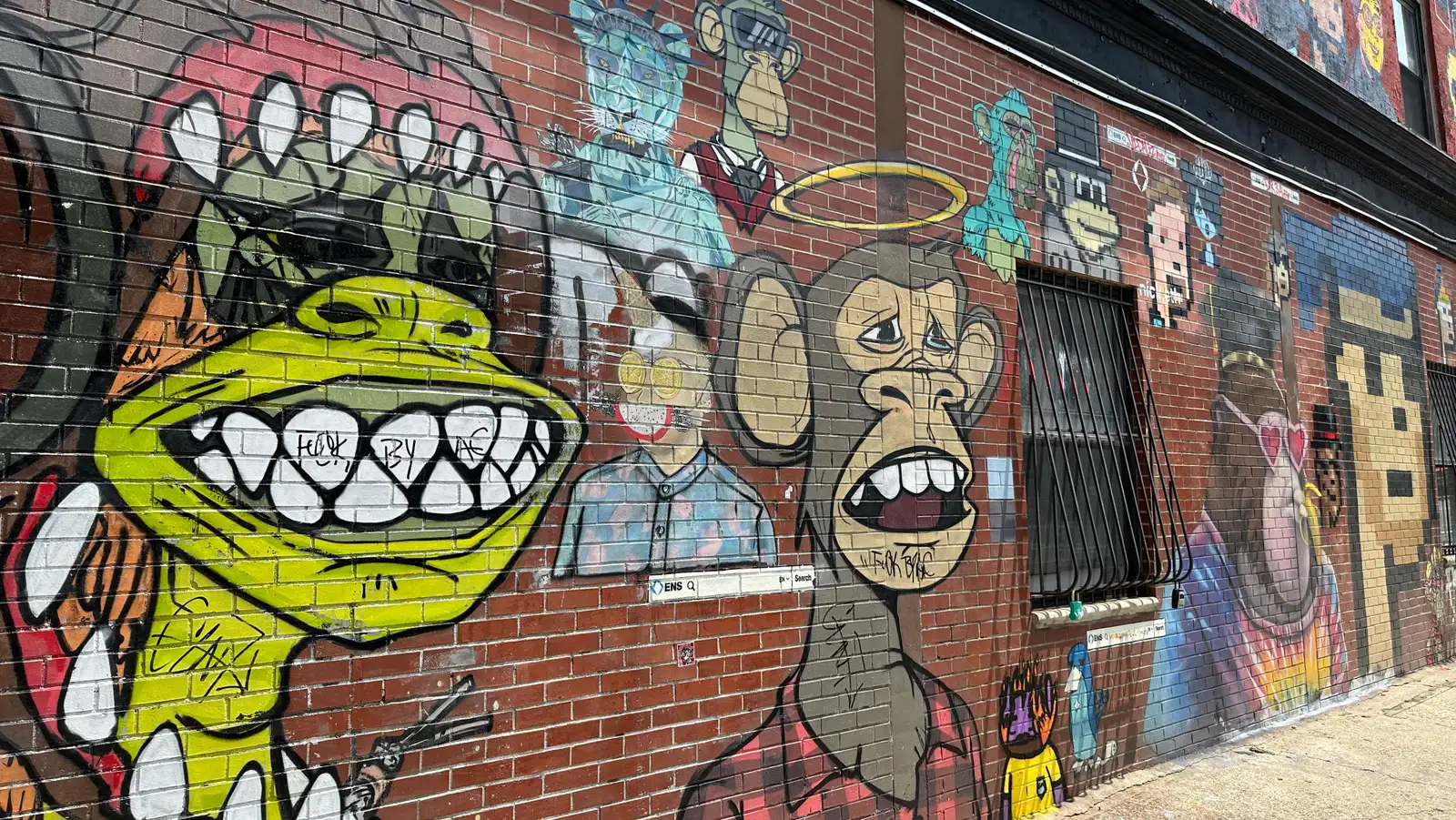These Brands Are Still Going Down With NFT’s Sinking Ship

There’s been a lot of talk recently about NFTs, mainly that the vast majority of them are now damn near worthless.
Or at least, that’s what the detractors are saying. One report from crypto analysis firm dappGambl that’s making the rounds looks at the price of current NFTs using public crypto scanning sites like CoinMarketCap and NFT Scan found that 69,795 out of 73,257 NFT collections have a market cap of 0 (yes, zero) Ether. That means the vast majority of NFTs are not even worth the data it takes to load up each individual .JPG. Further, the data says that 95% of NFT owners have lost money because their digital tokens are worth squat.
The NFT proponents are still there, mumbling about how this is just a flash in the pan, and that there’s still reason to be bullish on their big dream for Web3 and digital scarcity. It’s also true that the market cap for NFTs has been down for more than a year. It’s also true that most NFT drops have failed, though even the “successful” NFT projects like the poster boys at Bored Ape Yacht Club aren’t exactly celebrating. As the report mentions, there’s little to be gained from flexing “on the have nots” if there’s no real market for NFTs as a whole.
Despite this downturn, there are still major companies that jumped on the NFT hype train last year and have yet to jump off. It’s a trolley problem for major brands. Either the company keeps on making NFTs in the vain hope it hasn’t wasted any money on a speculative tech bubble, or it bows its head and calls it quits. For instance, GameStop was hyping up its NFT marketplace a little more than a year ago, but now it’s looking to jump out of that crypto kiddie pool and get rid of its NFT store this November. The company is citing “regulatory uncertainty of the crypto space.”
Many of these companies simply let their projects stall out, at least publicly. Skin and body care brand Nivea hasn’t mentioned NFTs since it released its “The Value of Touch” branded NFT drop. The same can be said for Anheuser-Busch, which last released NFTs in 2022 to promote its non-alcoholic beer. The company has not publicized any new NFT projects in the year since. Those who still keep talking up NFTs can’t help but seem lame compared to two years ago. Samsung has promoted the fact that its 8k TVs can show off “realistic looking NFT digital art.” So, you mean, like a printed picture?
Other companies are more quiet about their continued exploration of the non-fungible token space. Recently revealed documents show CBS Studios filed a patent for more NFTs based on the Star Trek franchise. This was shortly before the company that had previously been supplying NFTs, Recur, went under during this incredibly frigid, seemingly never-ending crypto winter.
That being said, the new silent trend among some companies is to try and use NFTs to put products behind a paywall. Shopify built a service for merchants to build their own blockchain-based products. With it, sellers can literally “tokengate” users based on who decides to buy an NFT and those who don’t. A few brands are testing out similar setups to see who will be willing to spend money on worthless digital assets just for the chance of joining an exclusive club where you have the chance to spend even more money.
Some of these major brands may still be holding out hope customers would be willing to drop money on nonfungible assets. If so, they may be in for a rude awakening. Click through to see the 11 major brands that just can’t quit their dreams of lambos and going to the moon.